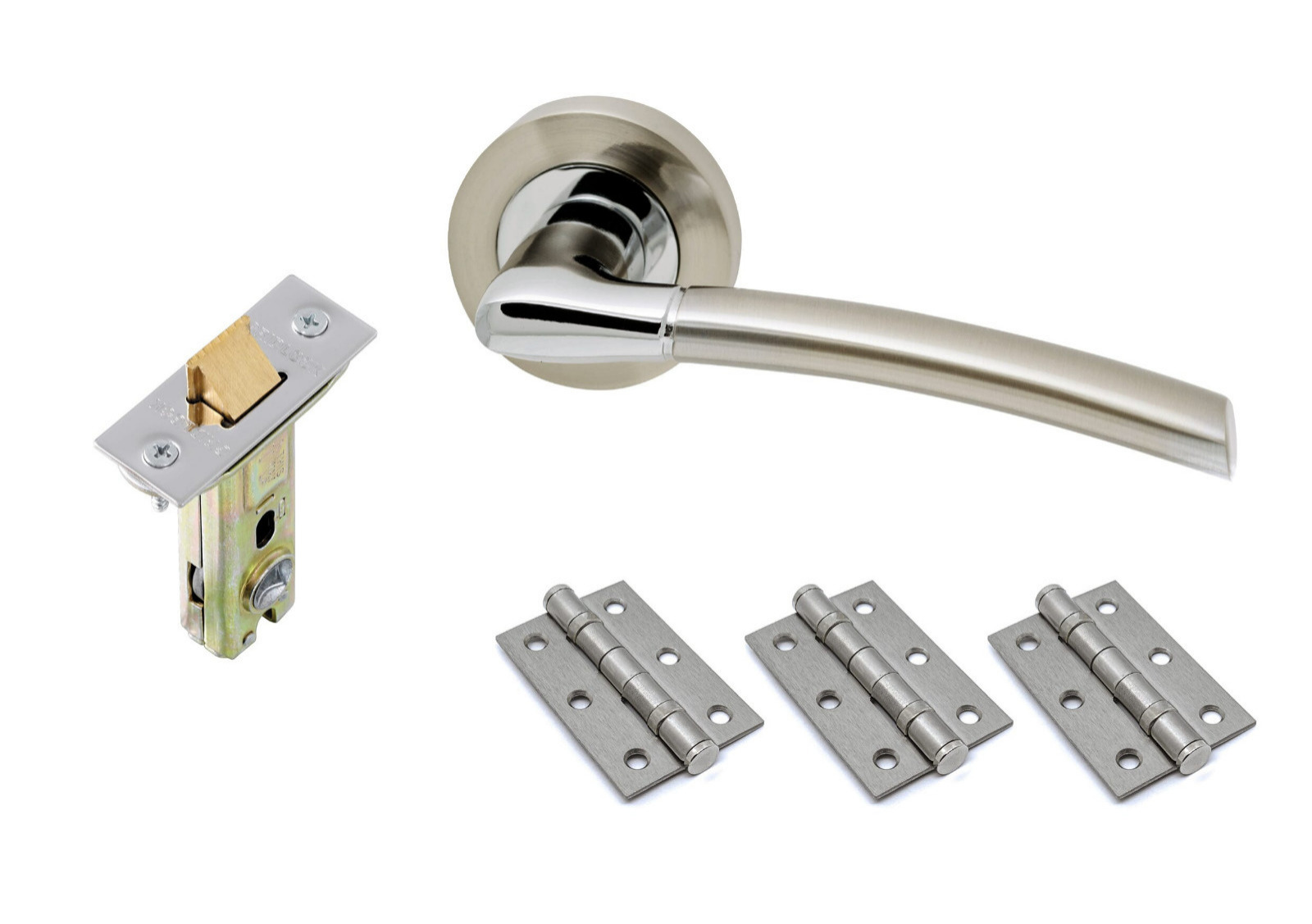
At Express Doors Direct, we pride ourselves on stocking a huge range of internal doors to suit all tastes. But choosing your style of door is just one way in which you can match their look to your interior design concept. If you’re looking for a quick and easy way to transform their look, don’t underestimate the impact that new door furniture can have. Especially when it comes to your door handle.
Door handles come in a variety of shapes, styles and materials. This enables you to revitalise your internal doors without going to the trouble of repainting or replacing them. First, you’ll need to choose your handles. But just how easy is it to fit a door handle?
Let’s take a look.
Whether you’re fitting a handle to a brand new door or replacing one, the process is fairly straightforward. Those who are relatively competent and experienced in DIY will make short work of it, and even nascent DIYers will find it a relatively manageable task as long as they follow the proper guidelines.
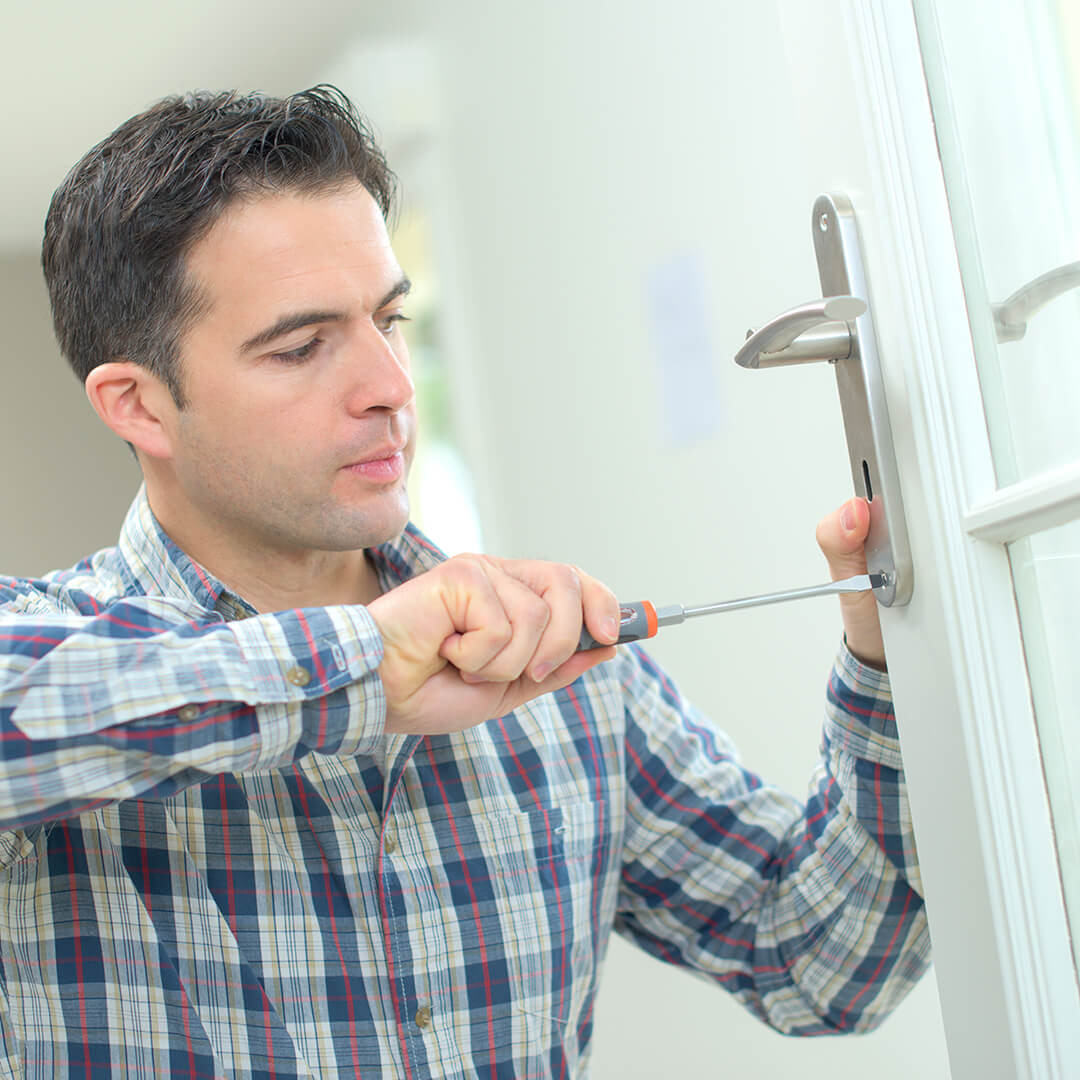
Most door handles come with fitting instructions and measuring templates to make the installation process quicker and easier. However, if you have purchased an antique or second-hand handle set, you may not have these. Don’t worry, we’ll break down the steps to make it as easy as possible.
You’ll also need your door handle kit.
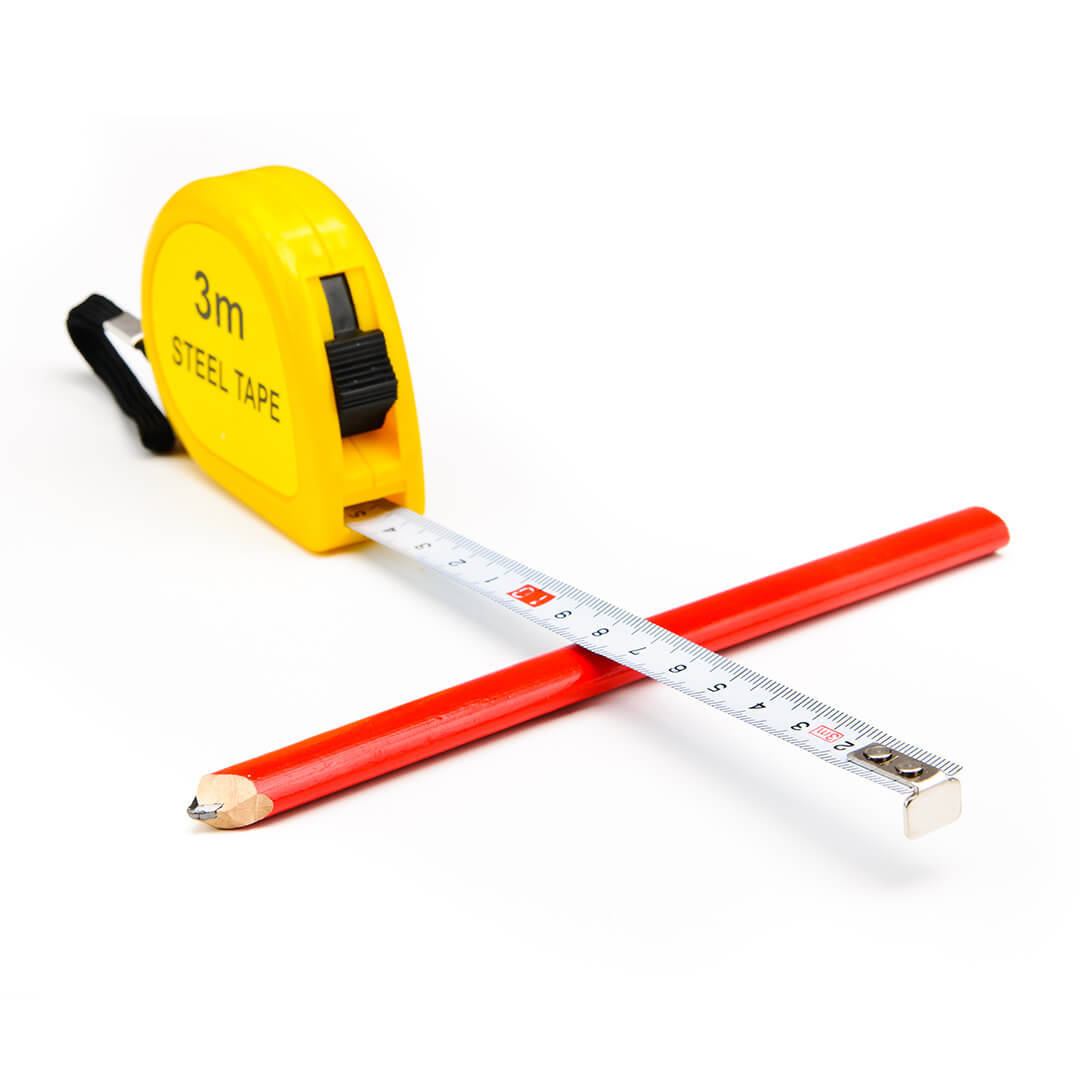
Installing a handle on a newly-hung door may seem like a daunting prospect. But it’s relatively quick and easy if you use the correct procedure:
Step One
Measure the door with a tape measure and pencil. Most manufacturers recommend a height of 99-100 cm from the floor
Step Two
If in doubt, measure the height of existing handles in the same room
Step Three
Use the handle template or trace around the backplate with a pencil to determine its positioning. Use the measurements from your old door as a guide if unsure
Step Four
Mark positions where the screws will go and use a 2mm drill bit to make pilot holes for the spindle and door latch(make sure to keep the door still using the wedge)
Step Five
Use a 25mm spade bit to drill the spindle holes into the outsides of the door. Be careful to ensure that your drill is straight and perfectly parallel to the floor
Step Six
Next, drill another 25mm hole in the narrow edge of the door for the latch. Take extra care here, as the smaller surface area makes this a trickier hole to drill
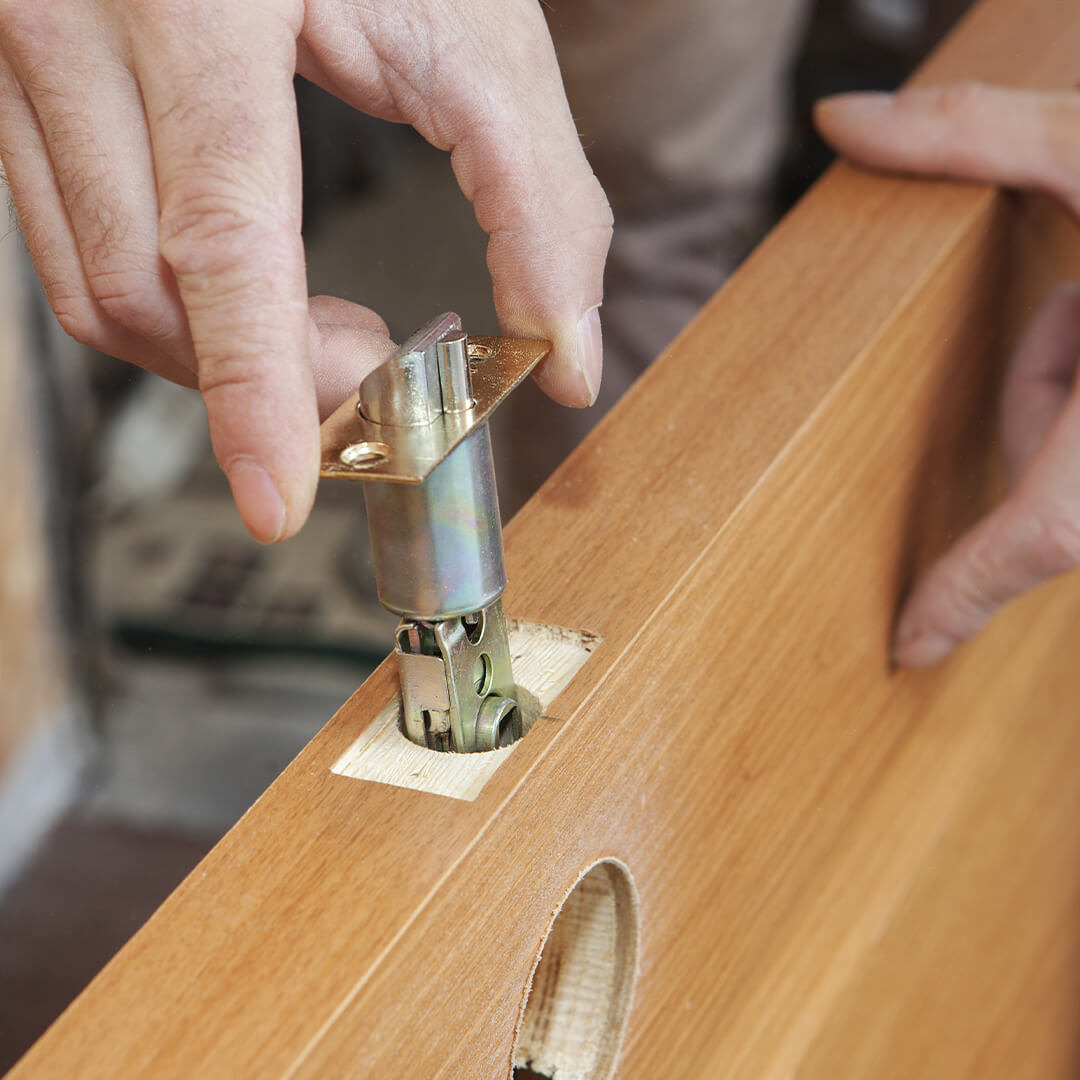
Step Seven
Set the latch in the door and mark out the outline of the latch plate with a pencil
Step Eight
Use your mallet and wood chisel to chisel out a niche for the latch plate. Place the chisel at a 45-degree angle and work from the top down
Step Nine
Replace the latch and ensure that the latch plate sits flush with the door
Step Ten
Screw the door latch into the guide holes
Step Eleven
Place the handles into the spindle holes and ensure that they are properly aligned before screwing in the backplates. Test the handle opens and closes properly once both sides are screwed in
Step Twelve
Attach the strike plate to the door frame and ensure that the door opens and closes smoothly
To watch the process, take a look at this useful video:
If the door is hollow, you may find that the screws are unable to get any purchase and feel insecure in the door. A match stick glued into the screw hole can give the screws the bite they need, as can using a wood filler. However, a more reliable solution is to use a bolt-through fixing. These secure the handle by transmitting pulling force to the handle on the opposite side of the door.
Don’t forget to check out our guide on how to fit an internal door if you’re installing brand new doors in your home.
Changing an existing door handle is slightly easier as the spindle and latch holes are already drilled. However, because all door knobs and handles are different, you may need to check that these holes align in your replacement door as they do in the old door. In which case, make sure to measure carefully and mark before drilling new holes, and ensure that the latch and spindle are in alignment before screwing in the new handle.
Removing your old door handle is typically fairly simple. Just undo the screws on the faceplate and backplate and use a screwdriver if necessary to lever out the old hardware. If the door has no screws, check that they are not hidden behind a cover plate. There will usually be a small slot into which you can insert a flathead screwdriver and remove the cover to reveal the backplate and screws underneath.
There is no universal size for door handles. While this is not an issue when installing a door handle on a brand new door, it may create some challenges when swapping an existing lock in your current door.
Here are some things that you will need to consider:
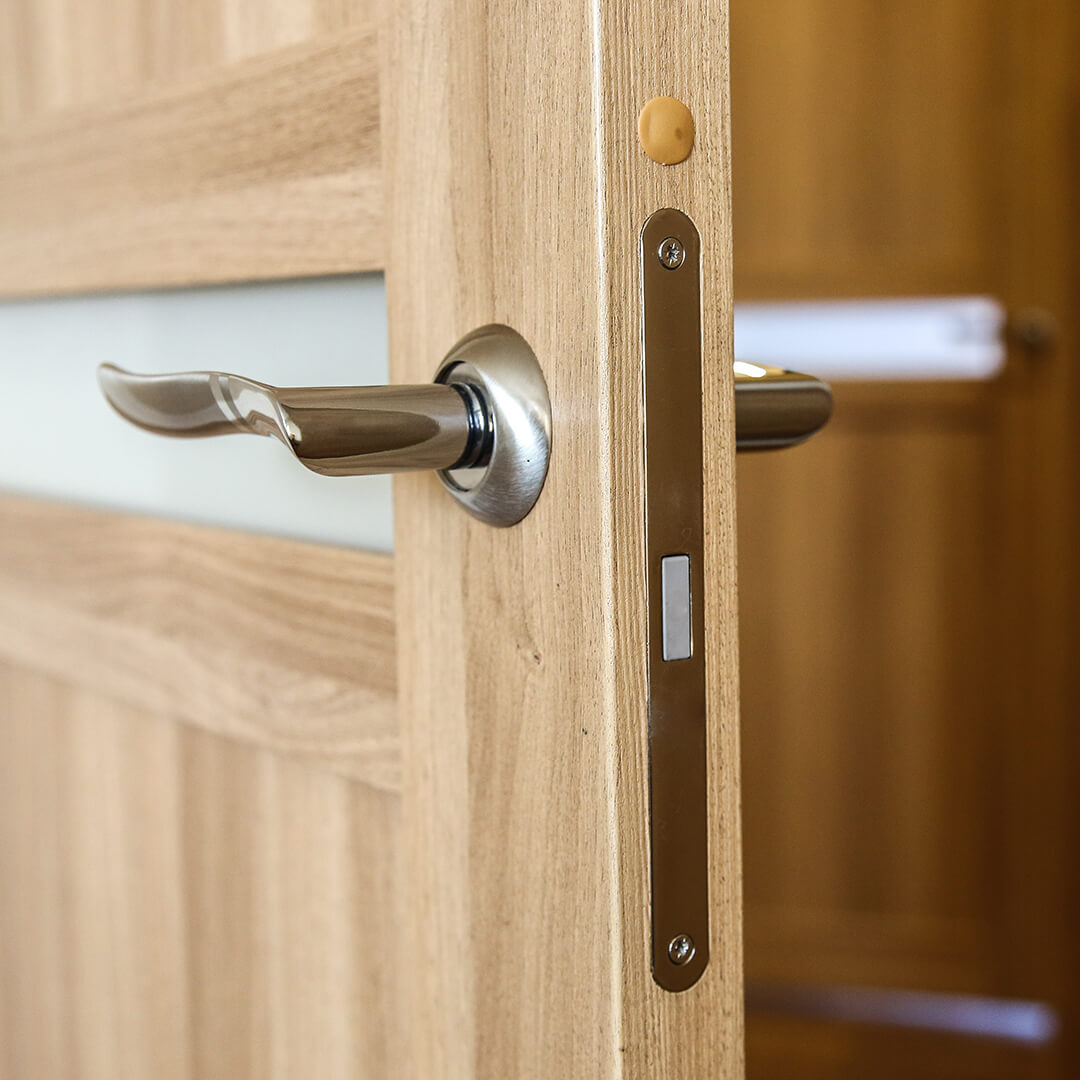
Broadly speaking, doorknobs and handles are pretty low maintenance. Because they are not subjected to the elements to the same extent as external doors, there are fewer environmental factors that could interfere with their appearance and/or mechanisms. That said, it helps to know how to take care of your door knobs and handles properly.
Most interior door handles are made from either stainless steel, brass, or a chrome-plated alloy. Knowing the material will help you to determine the best way to keep them clean. However, the following tips will be helpful for maintaining all kinds of door locks:
With a little TLC and due diligence, your handles will continue to look fantastic and function properly for many years to come.
As well as an outstanding selection of internal doors, we’re also proud to stock a fantastic range of door hardware, including a fabulous selection of door handle kits. Make sure you visit our door frames, mouldings and hardware section. Our internal door handle packs come in a huge range of styles and materials and include the fixings and templates you need for an easy installation.
